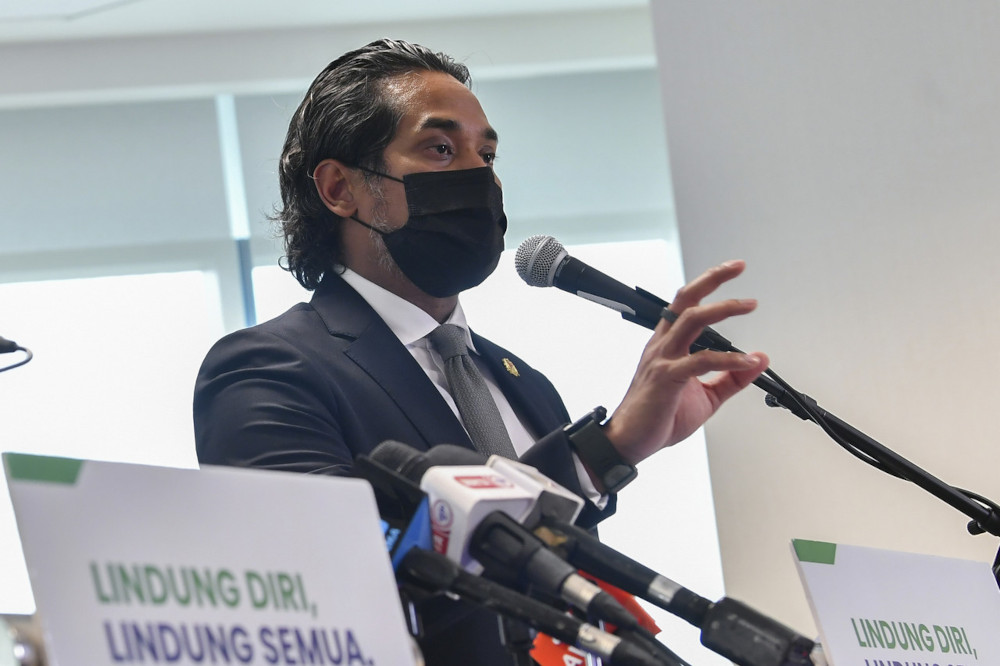While Khairy acknowledged the existence of ‘blindspots’ in the system’s usage, he pointed out that this did not exempt shopping malls as potential hotspots. ― Bernama pic
Subscribe to our Telegram channel for the latest updates on news you need to know.
KUALA LUMPUR, May 10 — National Covid-19 Immunisation Programme (NIP) coordinating minister Khairy Jamaluddin defended the government’s use of the Hotspot Identification for Dynamic Engagement (HIDE) early warning system today, citing the surge in mall activity and footfall in shopping malls leading up to the Raya festivities.
He was earlier asked to respond to alleged shortcomings and bias in the artificial intelligence-assisted system following a published list which included major shopping malls but not factories, which critics claimed were in fact the main contributors of Covid-19 infections nationwide.
While he acknowledged the existence of ‘blindspots’ in the system’s usage, Khairy pointed out that this did not exempt shopping malls as potential hotspots which could lead to the emergence of a Covid-19 cluster.
“Firstly, HIDE deals with locations that are registered with MySejahtera. So there will always be blindspots where MySejahtera registrations are not complied with. That’s why I highlight the importance of complying with MySejahtera check-ins.
“These locations that are not covered by MySejahtera are however covered by on ground works done by the Health Ministry’s district officers.
“However just because there are blindspots on HIDE, this doesn’t mean shopping malls are not hotspots. There has been a huge surge of activities and footfall to shopping malls on the run up to Hari Raya Aidilfitri,” he said in a joint press conference with Health Minister Datuk Seri Dr Adham Baba.
Khairy also confirmed that premises listed by HIDE can be re-listed again if data showed it could once again potentially turn into a hotspot.
To another question as to the number of premises listed by HIDE were but a fraction made publicly available, Khairy said those listed in the publicised list were large hotspots as opposed to small hotspots based on the number of transmissions that were potentially possible at that particular area.
“We have decided not to list everything because that might create further panic and alarm but are concentrating on large hotspots only.
“There are some people asking why there are no factories, no offices, why they are just shopping malls. In fact, if we look at the big list which includes large hotspots and small hotspots it includes a lot of different types of premises not just retail, but also office and factories,” he added.
MORE TO COME



